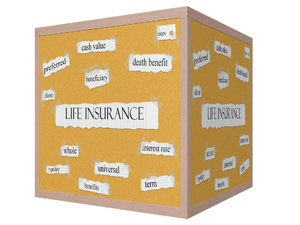Last updated: Mar. 26, 2014
 Many small business corporations, including farm corporations, use life insurance as a way to protect assets.
Many small business corporations, including farm corporations, use life insurance as a way to protect assets.
Premiums for permanent insurance on an organization’s principals aren’t deductible, so it would make sense that the proceeds are not taxable.
A policy’s net proceeds, which are the payout less the adjusted cost base of the policy, go into a private corporation’s capital dividend account when it receives a payout on the death of an insured shareholder.
The capital dividend account allows the corporation to move funds tax-free to Canadian resident shareholders by way of a special dividend.
As a result, dividends paid from the account to Canadian shareholders are not considered to be income and aren’t taxable, while non-resident shareholders are subject to a 25% tax. As a result, it is better to pay out taxable dividends to non-residents and save the non-taxable dividends for Canadian residents. A tax practitioner can advise on this.
Paying the net proceeds of a life insurance policy to a partnership will result in a change to the adjusted cost base of each partner’s interest in the partnership.
This means the partners will receive a non-taxable dividend and taxpayers will be in the same situation as if they received the dividend personally.
How does this compare to what happens if the life insurance policy is paid to an individual?
In that case, the proceeds will not be taxable to either the deceased’s estate or a beneficiary if the disposition or termination of the policy resulted from the death of the policy holder.
Designating a life insurance beneficiary from a protected class results in probate tax savings and creditor protection because it specifies that the proceeds will not be part of the estate.
The excess of the cash surrender value over the adjusted cost base will be treated as taxable income in the hands of the policy owner if he initiates the disposition or winding up of a life insurance policy.
Some permanent insurance policies allow policy loans to be withdrawn against the buildup of cash value in the policy. Policy loans up to the adjusted cost basis can be made without tax implications.
Insurance should usually be purchased for the death benefit to cover any risk associated with the loss of the insured. Any investment in the savings portion of a life insurance policy should be compared to other investments that might be made.
This article originally appeared in Western Producer, March 21, 2014.
